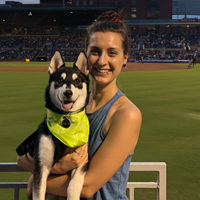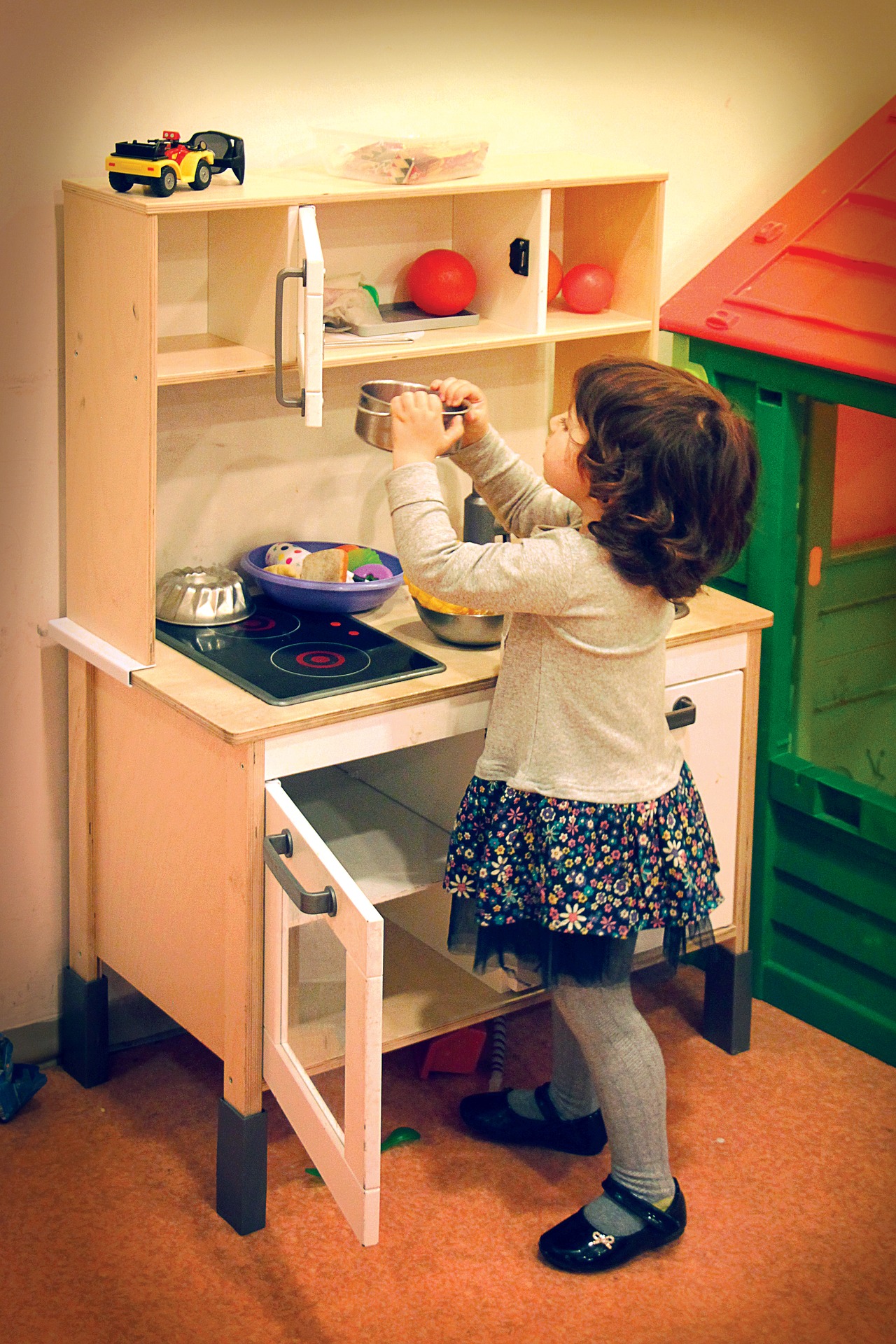How do scientists learn what babies know?
Babies learn language from the language (or languages) they experience in the world around them. But what is early language experience actually like for babies? Observational methods can give us a glimpse into children’s everyday lives – what they hear, see, and say.
One approach uses naturalistic recordings to understand child language development. In this approach, researchers collect audio- and/or video-recordings of babies (with parent permission, of course), trying to capture what speech they hear, what they say, and what goes on around them
How do you do this?
Language development labs collect audio- and video-recordings of children and their families. For video-recordings, researchers record children and their caregivers, either in the lab or in families’ homes. Researchers use a camera or set of cameras to record everything that goes on around a child. For example, some researchers bring families into the lab and record babies and their caregivers playing with a specific set of toys (e.g. a play kitchen) for an hour or so.
Some language development labs also collect audio-recordings. For these recordings, the child simply wears an audio-recorder. Many researchers use a small, specialized audio-recording device (one popular type is called the LENA recorder) that fits into a specialized vest that the baby can wear all day. The recorder picks up all the speech the child hears and all the words the child says. These recorders can capture an entire day of audio, from the time the child wakes up in the morning to the time they go to bed at night! This audio-recording method lets researchers (with lots of time and hard work!) learn about the language environments of children all around the world.
What can we learn using these methods?
After researchers collect a recording, they spend hours carefully analyzing it. They may transcribe the full recording, annotate sections of it, or use fancy automated methods to quickly get a sense of what’s happening in general (e.g. how much silence, electronic sound, talking, and crying is there overall?). Researchers often take note of things like what words the child says, what words the child hears, who says them, and other aspects of the language around the child and in the child’s environment. Researchers use these methods to answer all sorts of questions about children’s early experience with language, their early speech productions, and parent-child interactions. From this data, we can learn things like:
- Babies hear speech from about 7 different people in a typical day. [source]
- Babies hear 2 to 3 times as much speech from women as they do from men. [source]
- The amount and type of speech that babies hear varies systematically during different everyday childcare activities (e.g. feeding, grooming, playing). [source]
- In some cultures, adults don’t talk directly to children, but those children learn language as well as children who are frequently spoken to directly. [source]
- Children may change their answer to a question when knowledgeable adults ask neutral follow-up questions. [source]
Image by Penn State on Flickr

Shannon Dailey
Author
Shannon is a Ph.D. student in the Bergelson Lab at Duke University, where she studies environmental effects on babies’ early language development.
